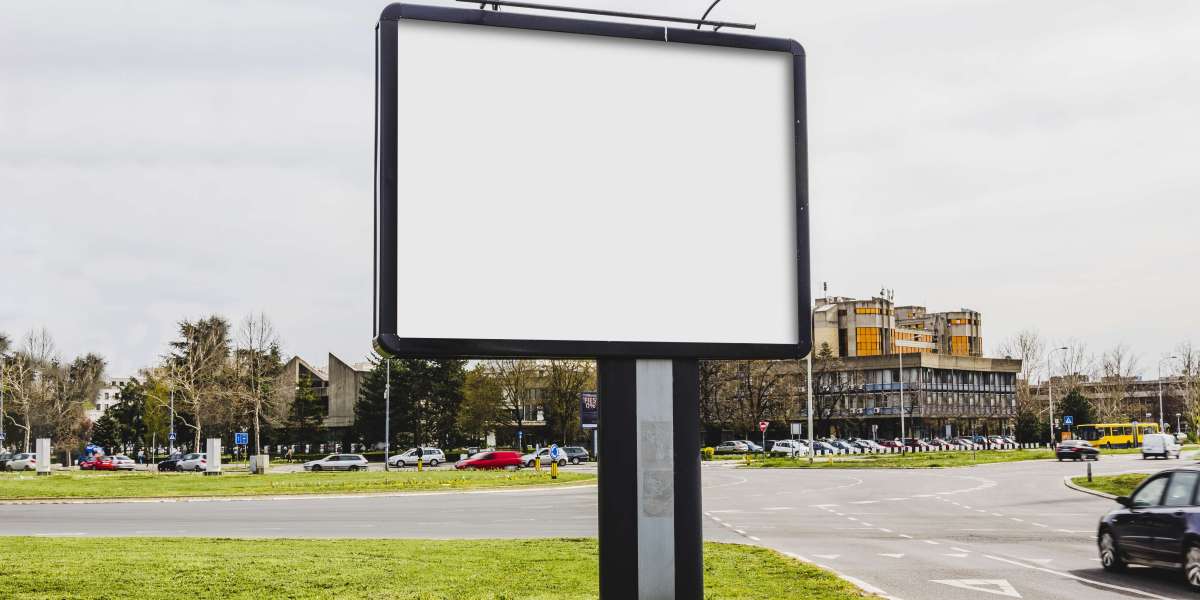Why Interactive Billboards Are So Effective
Interactive billboards work because they capture attention and create memorable moments. Unlike traditional ads, which rely on passive viewership, interactive billboards:
Engage people in real time
Create emotional, shareable experiences
Encourage user participation
Bridge the gap between digital and physical worlds
At their best, they turn advertising into entertainment—and viewers into brand ambassadors.
Top Ways Brands Are Using Interactive Billboards
1. Real-Time Personalization
Billboards now react to real-world variables—like time of day, weather, or even who’s walking by.
Example: British Airways launched a digital billboard that used real-time flight tracking to show a child pointing to planes flying overhead, displaying the flight number and origin city. It was simple, clever, and deeply engaging.
2. Augmented Reality (AR) Experiences
AR turns everyday settings into branded playgrounds.
Example: Pepsi Max installed an AR screen at a London bus stop, making it appear as though aliens were invading or a tiger was sprinting down the street. Passersby were stunned—and the video went viral.
3. Gamification
Turning ads into games gets people involved and increases dwell time.
Example: In Sweden, McDonald’s created a game on a digital billboard where users could play a Pong-like game using their smartphones. Winners received free food coupons they could redeem immediately.
4. Motion & Gesture Control
Sensors allow billboards to react to body movements.
Example: Reebok set up a billboard with a built-in speed camera. If someone ran past it fast enough, the billboard would unlock a new pair of running shoes. It gamified fitness and rewarded effort with a product sample.
5. Social Media Integration
Some billboards respond to tweets, hashtags, or user-generated content, turning the public into part of the campaign.
Example: Coca-Cola ran a campaign where users could send messages via Twitter that appeared in real-time on billboards across various cities, personalizing the experience and encouraging brand participation.
Technology Powering the Experience
Interactive billboards often incorporate:
Touchscreens
Facial recognition
Motion sensors
Cameras & live video
Mobile integration (QR, NFC, Bluetooth)
AR software
AI and data triggers (e.g. weather, time, crowd size)
This fusion of tech and creativity is reshaping what outdoor ads can be.
Best Practices for Brands
To make an interactive billboard campaign successful:
Keep it simple: Ensure people understand how to interact immediately.
Incentivize interaction: Offer rewards, content, or recognition.
Prioritize location: Place billboards in high-traffic, high-dwell areas.
Make it shareable: Design with social media in mind.
Measure success: Track engagement via QR codes, social mentions, or direct conversions.
The Future of Outdoor Engagement
As cities become more connected and consumers expect more from their surroundings, interactive billboards will continue to gain ground. They offer brands a chance to surprise, entertain, and build deeper relationships with their audiences—right where they are.



